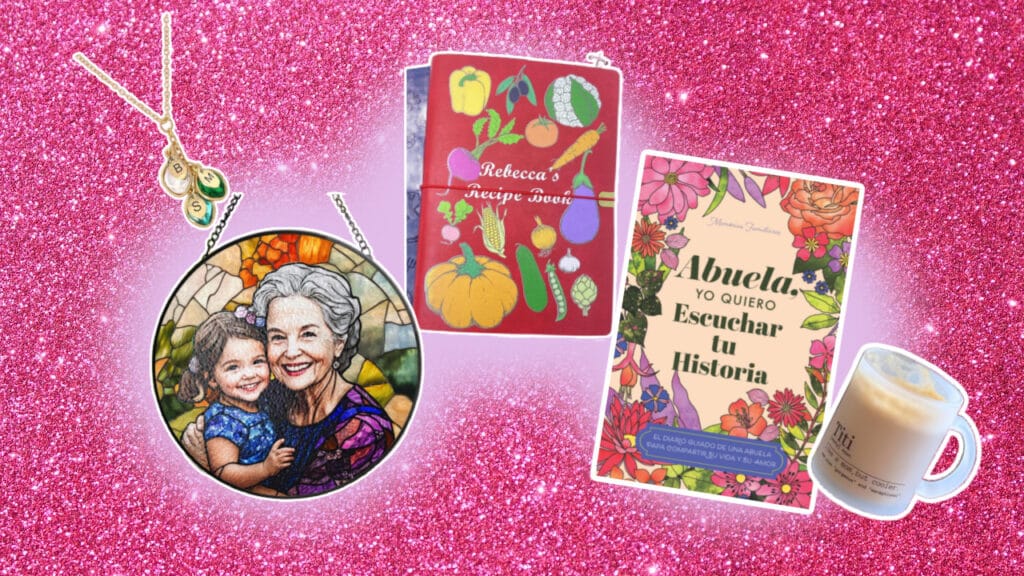Must-Haves for Your Día de Muertos Ofrenda: A Step-by-Step Guide
Día de Muertos, celebrated on November 1st and 2nd, is a Mexican tradition that honors loved ones who have passed away. The heart of this celebration is the ofrenda, or altar, lovingly prepared to welcome spirits back into the world of the living.
Building an ofrenda may seem elaborate, but you can easily create one at home with meaningful elements that hold deep cultural significance.
This guide will walk you through each essential element of a Día de Muertos altar and provide tips on how to build it with items you may already have.
Understanding the Levels of a Día de Muertos Altar
Día de Muertos altars traditionally include multiple levels, each representing different stages of the journey between the living and spirit worlds. These levels vary depending on family tradition and region:
- Two levels symbolize the separation between heaven and earth.
- Three levels represent heaven, earth, and the underworld, or in some cases, the Christian Trinity.
- Seven levels are the most traditional and represent the stages the soul must pass to reach spiritual peace.
Now, before building your altar, choose the level that resonates with your tradition or the space you have available. Even a simple two-level altar can hold profound meaning.
Essential Elements of a Día de Muertos Altar
Each item placed on the ofrenda has significance and is meant to welcome the spirits back and help them on their journey. Here’s a breakdown of the main elements:
Photos of Loved Ones
First, place a photo of the departed at the center of the altar to honor their memory. This is a way to welcome them back into your home for this special celebration.
Flowers, Especially Cempasúchil
Similarly, Cempasúchil, or marigold flowers, are essential to any Día de Muertos altar. Their bright orange and yellow petals are believed to guide spirits with their vibrant color and distinct fragrance. If marigolds aren’t available, any brightly colored flowers will work as a substitute.
Food and Favorite Treats
Traditional foods like pan de muerto (a sweet bread decorated with bone-shaped designs) are common on ofrendas, symbolizing the cycle of life and death. To make the deceased feel welcome, place their favorite foods on the altar. Other typical offerings include tamales, mole, and seasonal fruits like oranges and sugar cane.
Water
Water is essential for calming the spirits’ thirst after their journey. A glass of fresh water on the altar is both a symbol of life and a practical offering for those returning to the world of the living.
Salt
Salt serves to purify and preserve. It’s placed on the altar to prevent negative energies from affecting the spirits on their visit.
Candles for Light and Guidance
Candles represent fire, lighting the path for spirits to find their way back. Four candles often represent the four cardinal points, guiding spirits from every direction. If possible, use beeswax or natural candles for an earthy, traditional feel.
Additional Elements to Personalize Your Día de Muertos Altar
Furthermore, these elements add depth and can be personalized to the individual being honored:
Copal or Incense
Copal resin, used in Mesoamerican rituals, is burned on altars to purify the space and ward off negative energy. If copal isn’t available, incense can serve as a substitute, offering a fragrant aroma that fills the air and welcomes the spirits.
Papel Picado
Papel picado, or perforated paper, represents air and the delicate connection between life and death. Its vibrant colors, often purple and yellow, bring beauty to the altar and are a nod to Mexican artistic traditions. If you don’t have papel picado, colorful paper or fabric can add similar touches.
Calaveras de Azúcar (Sugar Skulls)
Sugar skulls are symbols of death with a twist—they’re colorful and sweet, showing that death doesn’t have to be feared. Place a sugar skull for each loved one, or add names to personalize them. You can also make them at home with sugar, meringue powder, and food coloring.
Personal Belongings
Include items that belonged to your loved ones or represent their personality. A favorite book, a piece of jewelry, or even a musical instrument can be meaningful. These objects make the altar unique to each individual and honor what they cherished in life.
Setting Up Your Día de Muertos Altar at Home
Choose a quiet, special corner in your home for the altar, ideally near a family gathering spot like the living room. Start by setting up the levels with boxes, tables, or even sturdy books. Arrange the items thoughtfully, focusing on balance and respect.
Creating an altar is an act of love, connecting us to those we have lost while celebrating their lives. Whether grand or modest, your Día de Muertos altar is a beautiful way to invite memories, honor your ancestors, and keep the tradition alive in your home.
This article was originally published on October 31, 2024.




